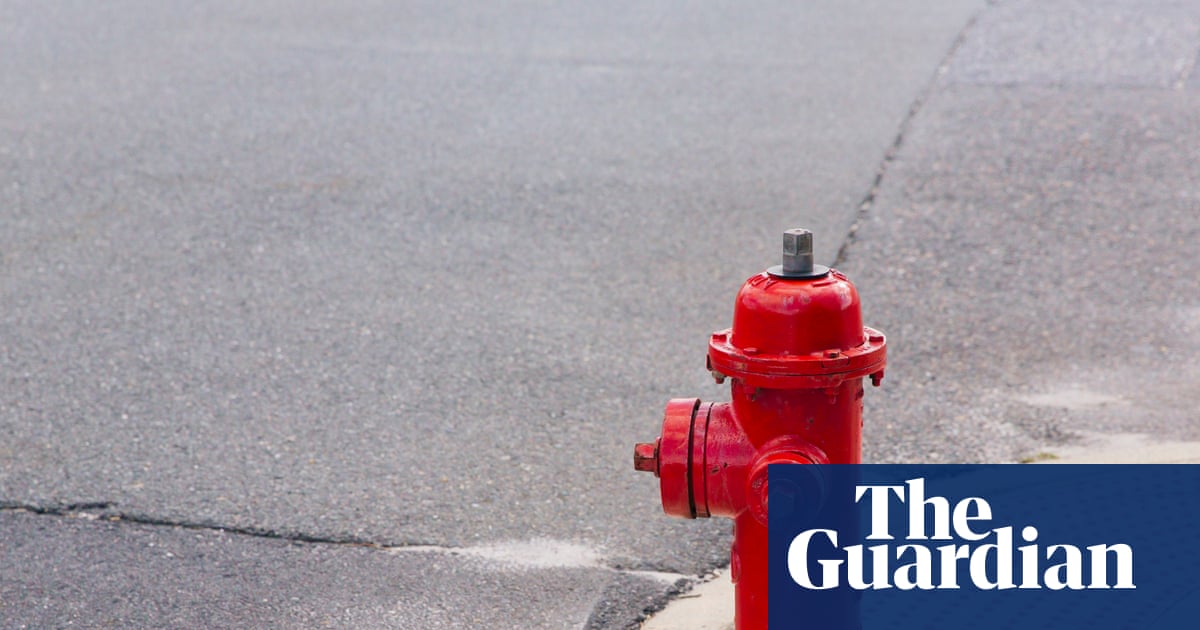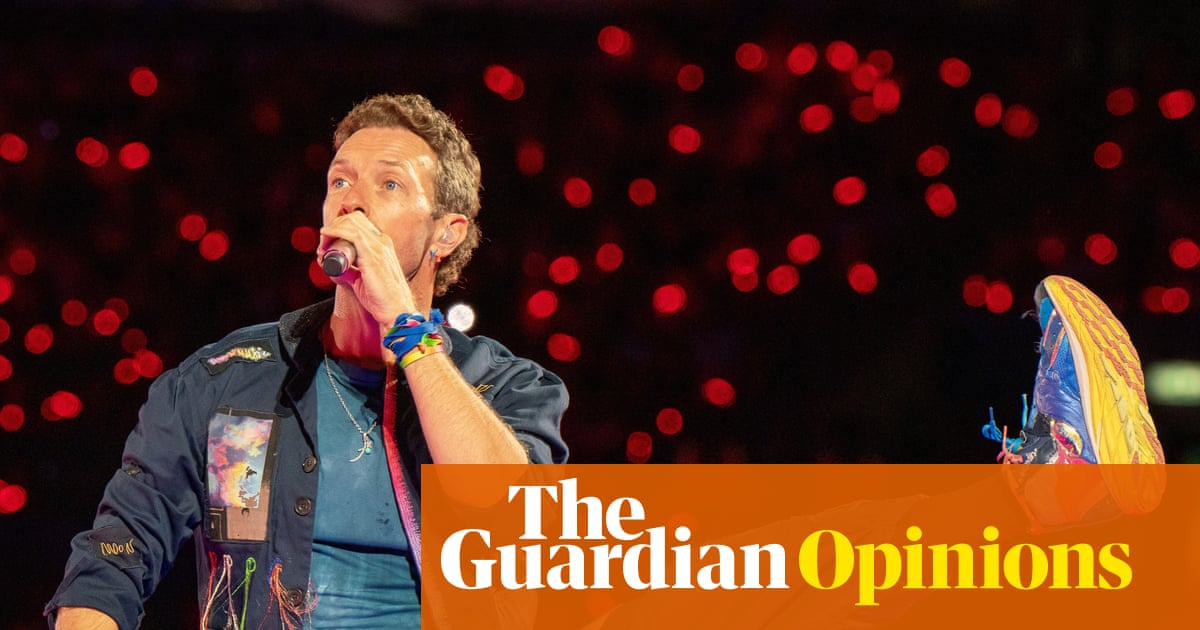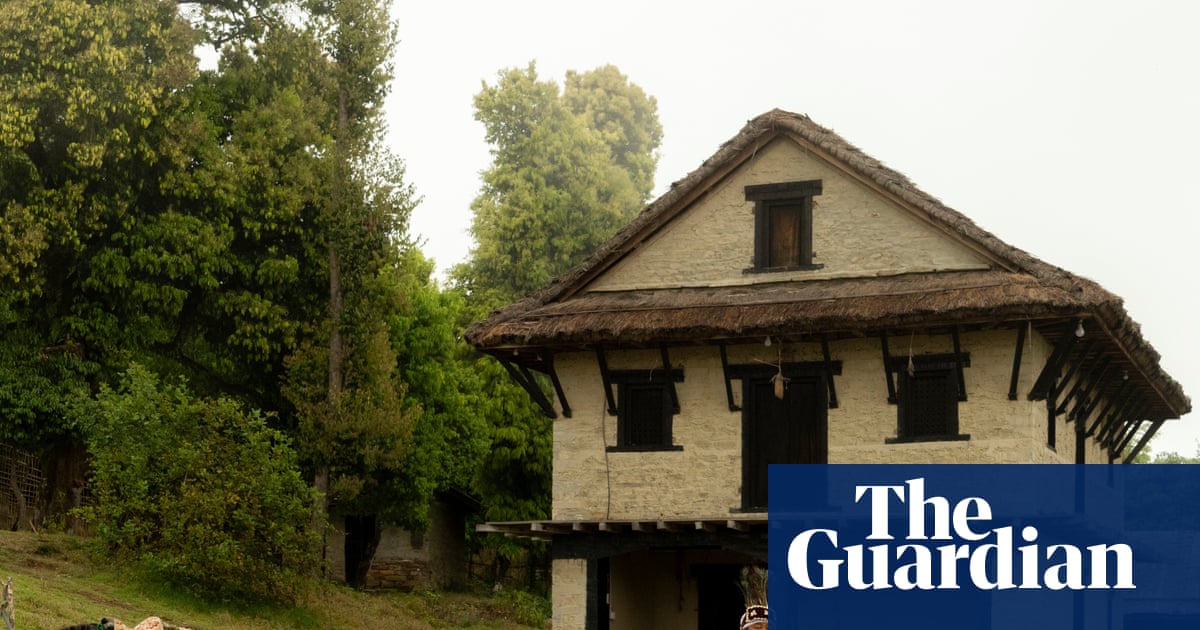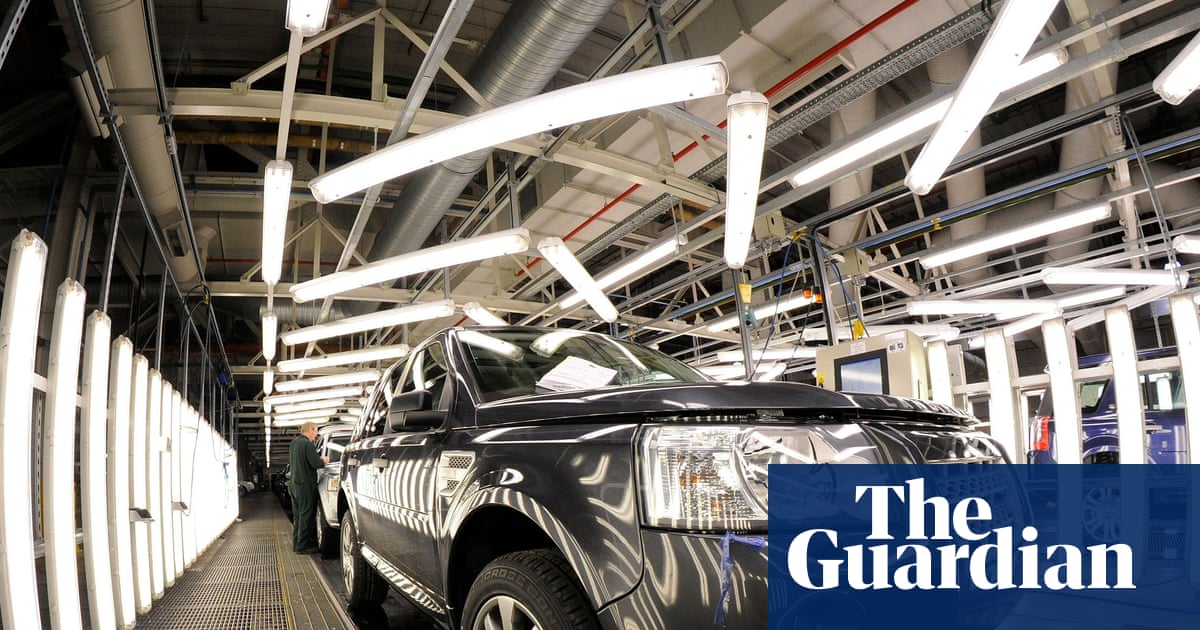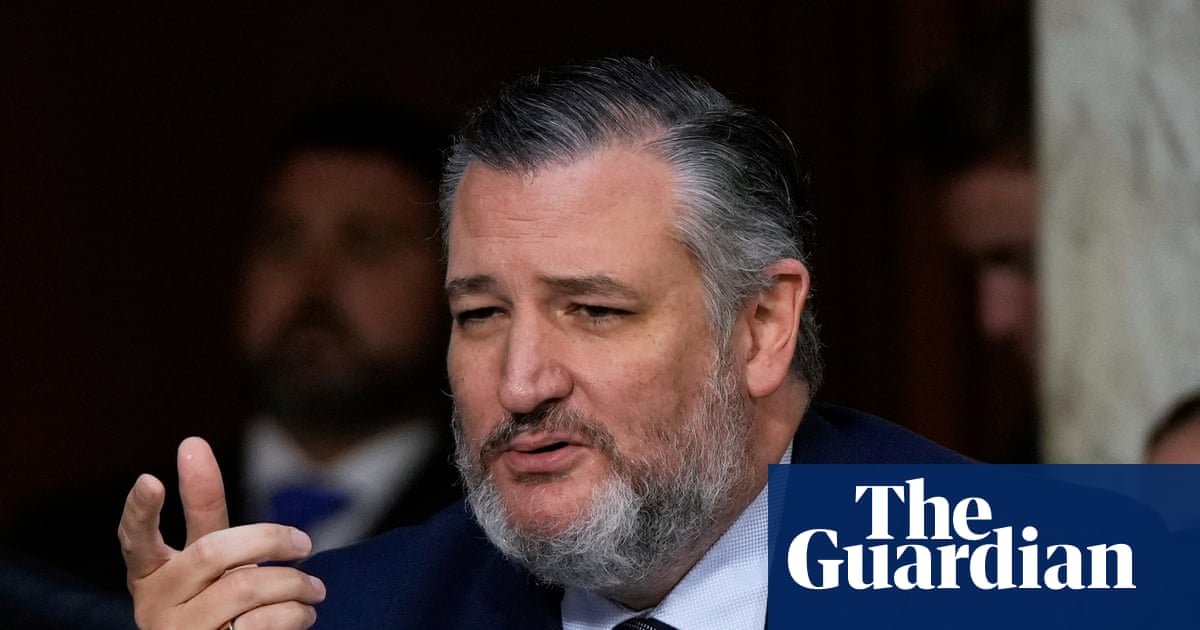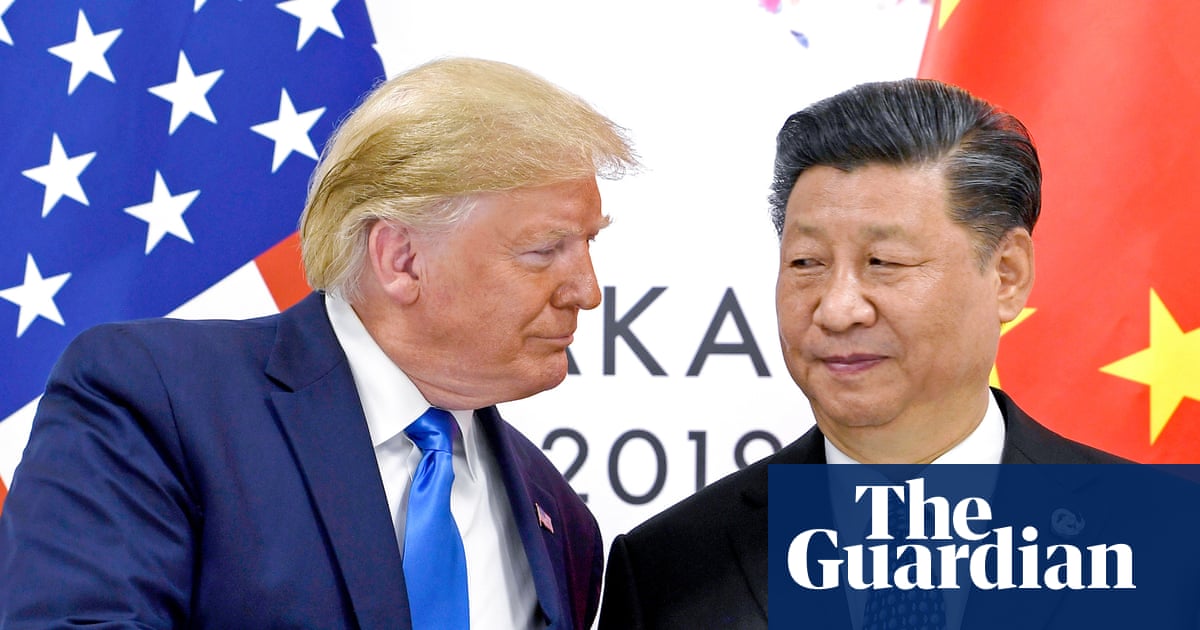At least 16 people have been killed and 400 injured in Kenya as a nationwide demonstration to honour those killed during last year’s anti-government protests turned chaotic, with police clashing with protesters in different parts of the country.
A joint statement from groups supporting the protests said 83 people were seriously injured and at least eight people were being treated for gunshot wounds.
“We pray for our nation, dialogue and a way forward from the political impasse facing Kenya,” said the statement from the Law Society of Kenya (LSK), the Police Reforms Working Group and the Kenya Medical Association.
Thousands of Kenyans took to the streets early on Wednesday to pay tribute to more than 60 people who died when police opened fire on a crowd that tried to storm parliament while MPs inside passed legislation to raise taxes.
“We face an unfortunate paradox as a country where more lives are being lost as the people seek justice for the lives already lost,” the LSK’s president, Faith Odhiambo, said on X. “Our hearts break for all the victims of the continued trend of police brutality and excesses.”
In Nairobi, police barricaded major roads a few kilometres from the central business district and turned away buses and minibuses farther away from the city centre. They also blocked off access to key buildings, including the parliament and the official residence of the president, William Ruto, with razor wire.
In the city centre, where many businesses were closed, thousands gathered for the march, waving Kenyan flags and placards with images of victims of last year’s protests.
Others lit street fires and chanted slogans against Ruto. Later violence ensued, with police firing tear gas and water cannons and hitting protesters with batons, while protesters threw stones and other objects at them.
A source at Kenyatta national hospital in Nairobi told Reuters the facility had received 56 people, most of them with injuries from rubber bullets.
The planned marches also developed into clashes between civilians and police in the cities of Mombasa, Nakuru and Kisumu and other parts of the country. Protestors torched parts of court buildings in Kikuyu town in Kiambu county.
The communications authority of Kenya ordered TV and radio stations to stop live coverage of the protests, threatening those that failed to follow the directive with regulatory action. NTV and KTN, two leading TV stations, were later taken off air.
Lawmakers left parliament buildings in Nairobi, and protests continued to intensify in the city centre. Elsewhere, throngs of people marched along major roads towards the capital.
Outrage has been growing in Kenya over the past few years due to corruption, unemployment, government excesses and rising living costs.
Wednesday’s protests come against a backdrop of demonstrations last year prompted by proposed tax increases, in which dozens of people died and many more disappeared.
The street protests reduced over time, but killings, arrests and disappearances continued, triggering more anger towards the authorities.
Two incidents this month – the death of the teacher Albert Ojwang in police custody after reportedly criticising a senior police official on social media, and the police shooting of the vendor Boniface Kariuki at close range during a protest over Ojwang’s death – have further inflamed public anger.
Stephanie Marie, a young protester in Nairobi, said she was at Wednesday’s march because of Ojwang. “It could be my brother, it could be my cousin, it could be anyone,” she said. “These are just normal boys, doing normal things.”
She called for leaders to heed what the they were saying: “The people voted. You’re here for the people. You’re working for the people ... We just want you to listen to the people. That’s it.”
Another young protester in Nairobi, Innocent, was commemorating the loss of his friend in last year’s protests. He said he’d been exposed to a lot of teargas from police on Wednesday but he was relentless.
“The youth are unstoppable,” he said. “Because we’ve come to fight for our rights.”
He added: “We don’t want bad leadership”.

 2 months ago
49
2 months ago
49

